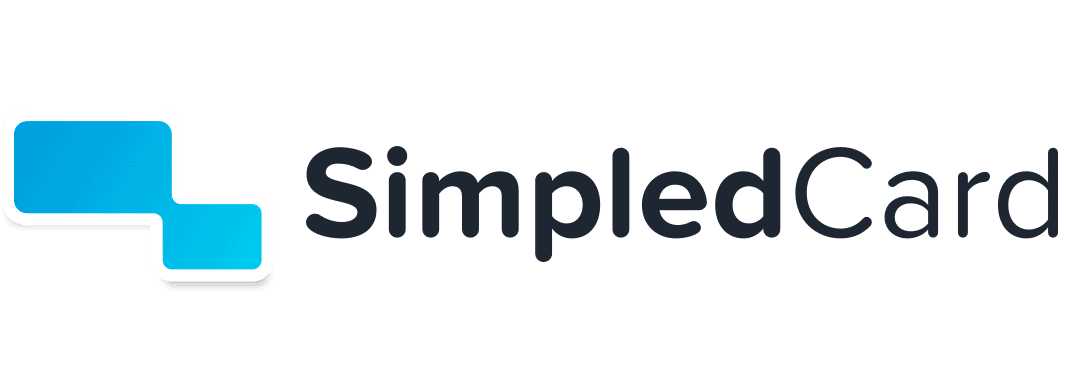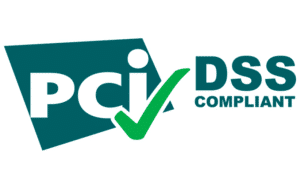Keeping track of cash flows for clients in a health care organization can be a complex matter. First, you need to set up separate accounts, so the organization’s money does not mix with the client’s money.
At the same time, you want to give clients the freedom to participate in social life financially. A personal payment card with a fixed budget offers the right solution to this problem.
There are a lot of questions around managing client funds. In the past, the bankruptcy of a healthcare organization caused the loss of clients’ money, because they were held in the healthcare organization’s bank account.
Besides that, many organizations still work with cash. This not only an administrative burden because of updating cash books regularly, but it’s also very prone to fraud.
The use of cash quickly lacks control and insight. As a result, the loss of client funds was sometimes funnelled unnoticed. Since January 2014, the so-called Change of guardianship, protective custody and mentorship Act” has taken into effect in The Netherlands, which should counteract this.
Client funds and budget management
Before we take a closer look at how to manage client funds we ask ourselves: what are client funds exactly?
A client can have multiple sources of income such as social benefits, allowances and other wages. The amount of the income may vary per client. From this income, the clients pay their expenses such as housing or healthcare insurance.
Within these client funds, a separate amount is often set aside for daily allowance, also referred to as living expenses. It is the pocket money for the client.
When a client is not able to make their own decisions or finds it difficult to take care of their funds, a social worker can request budget management.
A trustee is then appointed, who manages all the client funds and debts. This can prevent someone from getting into further trouble. Budget management, also known as daily money management, ensures that all expenses are paid on time. After that, the remaining client money will be given to the client by the daily money manager.
The budgeting determines how much living money the client receives. Spending money for day-to-day expenses is often paid out per day, week or month. It is a predetermined budget that is just enough for daily groceries. Clients continue to participate in society and learn to deal with small payments.
The current way of dealing with client funds
Currently, many organizations haven’t found the right way to deal with client funds and giving clients the freedom to spend their own money at the same time.
Often organizations still work with cash, which is taken from the safe of the care location. For example, clients receive €40 per week, of which they do groceries. The business expenses of employees and the clients easily mix up, which will make it complicated for the financial department to control.
When an organization chooses a cashless method, another problem will arise. Because as an organization, you often can’t apply for corporate cards for people who are not on the payroll.
So when a debit card “solution” is chosen, the client receives the debit card that is actually registered to the organization. This is far from an ideal situation.
We are happy to think along with you about using the right payment method for clients
Provide legal certainty
There are multiple things to take into account when managing client funds. There are legal and practical problems and both need a different approach. What can you do as a healthcare organization to ensure financial security legally?
After a number of incidents in the healthcare sector, where client funds have been lost due to bankruptcies, the government has clarified stricter rules for managing client funds.
An important rule is that the client’s assets must remain strictly separate from the funds of the health care organization. Many institutions choose to work with a trustee, so the supervision of the funds can be separated from the organization.
Any health care organization that offers clients money management need to discuss its services extensively with legal counsel. This ensures that all necessary management permissions and any necessary waivers are organized on time.
A helping hand from SimpledCard
In addition to the legal side, a lot of practical problems arise when it comes to providing the client its money.
The distribution of physical money carries many risks. It also requires accurate administration, which takes a lot of time.
Accounting should be done for the client’s funds, the money provided for day-to-day expenses and the cash (books) at the health care location. Only when this happens in a hasty manner, the client’s residing budget can be determined.
You can solve these practical problems with one tool: prepaid client fund prepaid cards. The client fund card is issued in the client’s name and the finance department can charge this card with the daily money for free-spending. This debit card for clients has many advantages.
❯ Insight and control
You can easily separate the client’s transaction data from the healthcare organization. This allows the trustee to process changes in assets more quickly.
In this way, not only do clients retain more control over their finances but employees of the care organization are also freed from extra work.
❯ Giving back control to the client
The cards are connected to one central system, making payments insightful in real time via the computer or the mobile app. The customer gets his own card what gives him insight into his own expenses.
However, there is always the possibility of intervention by the budget manager. This ensures autonomy for clients: they make small personal expenses themselves and thus participate in normal social life.
❯ Fast and safe
Issuing cards is a piece of cake. There is an option to disable withdrawals at an ATM and you can enter your own PIN code.
SimpledCard also complies with the strictest European guidelines for the storage of personal data. All this ensures less risk of fraud and a greater sense of security for care supervisors and clients.
The new way of managing client funds
A renewed way of working raises many questions, which is why we explained in small steps how managing client funds can look like for an organization.
We realize that every organization works differently and has different needs, so the final situation may therefore differ. This is just one of the many possibilities that SimpledCard offers.
1. As soon as client fund management starts, the client is added to the management system. After that, a card can be issued in the client’s name.
2. A budget plan is created so that healthcare providers and clients know how much can be spent. This amount, the daily allowance, can then be deposited into the client fund card.
3. If necessary, the client is able to pay small fixed expenses such as the phone bill. In practice, we see the card only used for daily groceries.
4.With the SimpledCard fund card, the client can have the allowance per day, week or month. This is all easy to set up in the system so that it is automatically topped up periodically to the card.
5. All payments are visible in the system in real time. There is always clear insight into the expenses for the client and the trustee. This overview also shows how much there is still left for a certain period.
6. Clients’ transaction statements are easily separated in this way. The reports are created per client and can be forwarded to the financial department.
The client fund payment cards are suitable for many different care institutions, including nursing homes, assisted living groups, residential and care institutions for people with disabilities, housing and care facilities for people with social problems and/or addictions, psychiatric and psychological care institutions and agencies for reintegration.
This new way of managing client funds allows you as an organization to completely eliminate cash and the administrative tasks are processed much faster.
In this way, not only does the client retain more freedom, but it also frees the employees from extra work.
Wondering how you can implement this within your organization? Get in touch and work with our financial experts to determine the right plan of action.
Stay in the know
Our latest blog articles, business developments and financial news. Straight to your inbox.



